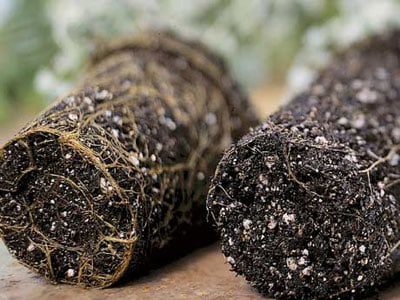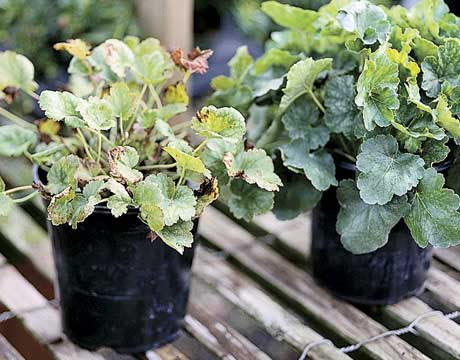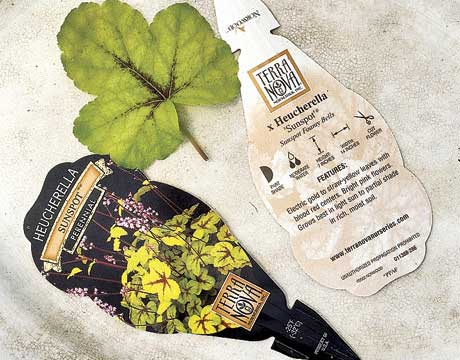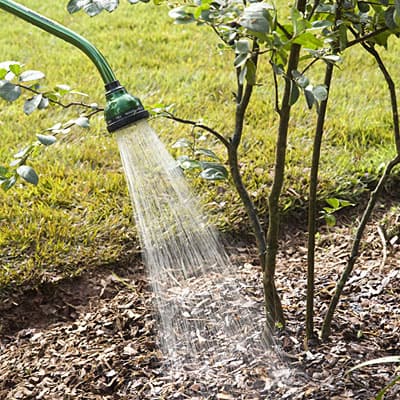Here in Colorado, gardeners often face difficult weather patterns, air circulation, and variations in soil types from region to region. But no matter which part of Colorado you call home, gardening requires patience and knowledge because even skilled gardeners can make mistakes. Here are a few common gardening mistakes to avoid so that your back yard and front yard and overall landscape design will be blooming with curb appeal.

Not preparing the soil well enough before planting. Soil should be tested for acidity and alkalinity. It’s better to amend the soil and meet your plants’ needs instead of having to fix the problem later on. Another common mistake: Remember to work the soil, break up clumps and add your amendments to a depth of 12 inches.
Mistaking your plants for weeds. Before many types of plants start budding, they may resemble weeds. Avoid a case of mistaken identity by placing identifying tags in the soil. If you don’t have any tags, make your own with hard plastic pieces and a waterproof marker. This will ensure that you don’t pull out your garden plants and flowers, a mistake that will end up costing you more time and money.

Planting diseased or pest-ridden plants. A diseased or infested plant can wreak havoc on a garden quickly. Check plants carefully before adding them to your landscape. Look for yellowed foliage, brown spots, and any suspicious marks that could indicate a diseased plant. When checking for pests, remember that aphids and spider mites are small and often hard to find. Don’t forget to look beneath leaves, which is where many pests like to hide. If you don’t spot any bugs, remember to look for other common signs of infestation, such as webs or blisters.
Overwatering or underwatering. Moisture requirements vary among different types of plants and flower beds, as well as whether or not they’re established or newly planted. Familiarize yourself with your plants’ needs and group those with similar requirements next to each other. Consider also investing in a smart controller with a rain sensor. These smart devices can be installed anywhere and help you conserve water by controlling your irrigation needs and stopping the flow of water when it begins to rain or a certain temperature is met.

Forgetting to plant pollinators. While some plants and flowers are self-pollinators, most still need pollinators to produce fruits and seeds. Bees, flies, beetles, and butterflies are all common pollinators and can truly bring your garden to life if you include the right plants. Check to see which native pollinators do well in your local climate. A few common plants that attract pollinators include lavender and catmint and herbs like thyme, fennel, and dill.
Using too many pesticides. Pesticides are seen as a relatively quick and easy way to safeguard your garden from weeds, insects, and disease. However, overusing chemical pesticides and herbicides can damage your soil and hurt the plants you’re trying to protect. As a safer alternative, you can pour a mix of hot water and vinegar on your weeds to naturally free your garden of any pests.

CONCLUSION – GARDENING MISTAKES TO AVOID IN COLORADO
With summer right around the corner, it’s time to get back outside and enjoy your backyard landscape. Hopefully, this brief guide sparked some backyard landscaping ideas for your garden this season.
Even if you aren’t trying to craft your own botanical garden, one of the best ways to avoid these gardening mistakes is to seek expert help. Our professional team at Lifescape Colorado can answer all of your questions and keep your landscape vibrant and healthy. Contact us today to learn more about landscaping ideas and how we can help you design a beautiful garden.
